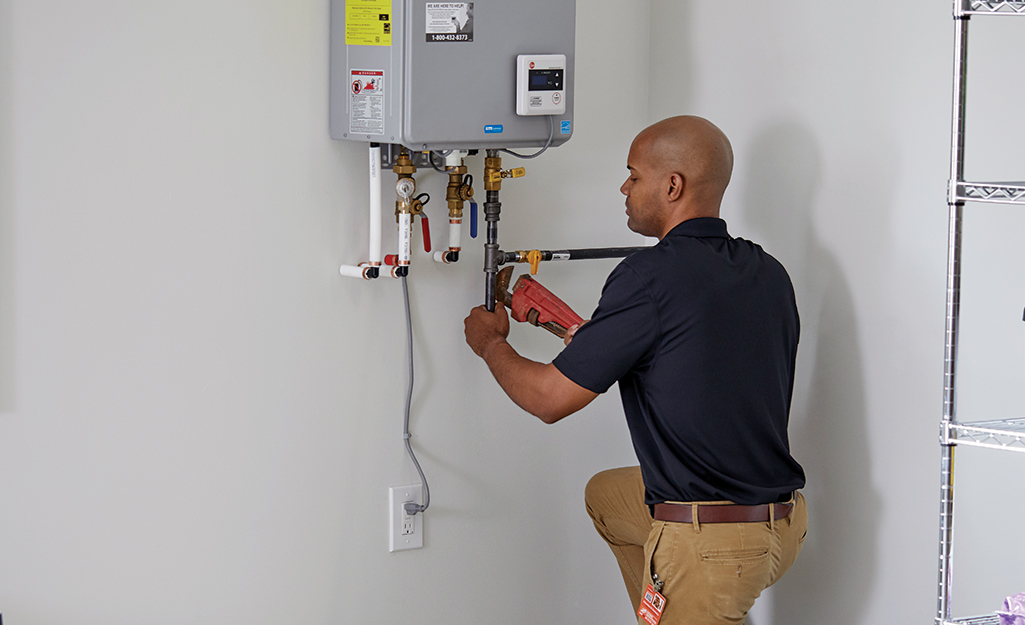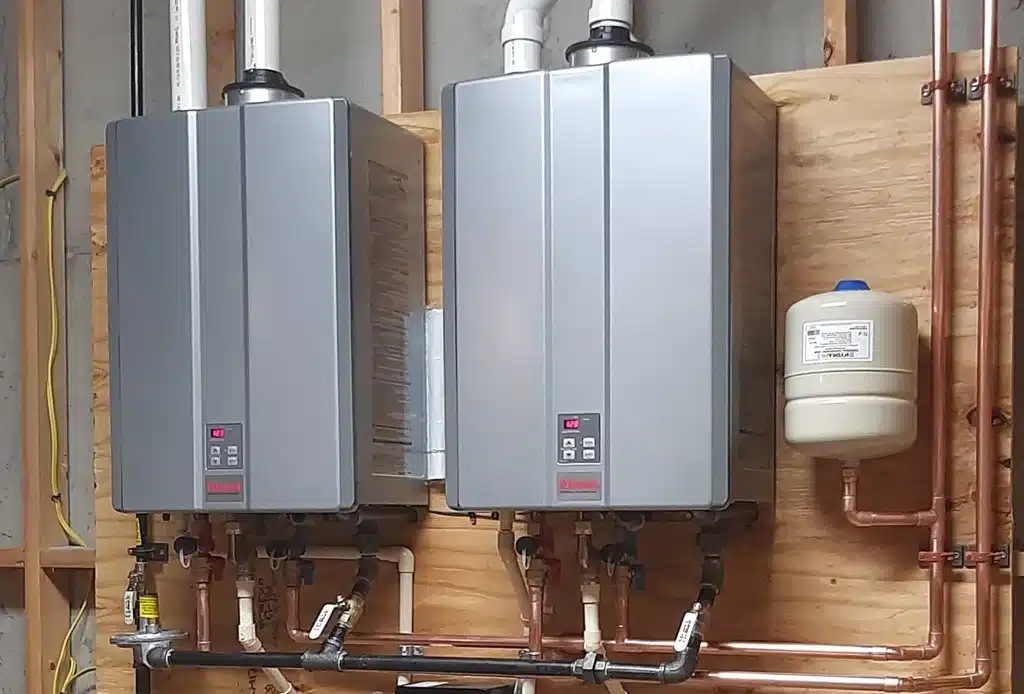Expert Water Heater Installation Services for Efficient Home Heating
Complete Overview to Water Heating SystemInstallation and Replacement
Recognizing the ins and outs of water heating unit installation and replacement is critical for homeowners looking for to ensure efficiency and integrity in their hot water supply. From choosing the proper type and size to implementing a smooth setup process, numerous factors have to be taken into consideration to stay clear of usual pitfalls.
Sorts Of Water Heaters
When taking into consideration water heating unit installation and substitute, it is vital to comprehend the different kinds of water heaters available on the market. The most common types include tank hot water heater, tankless hot water heater, warmth pump water heaters, and solar hot water heater.
Tank hot water heater are traditional systems that store a certain quantity of hot water, making them easily available when needed. They are usually more economical upfront yet may incur higher power costs gradually due to heat loss. On the other hand, tankless water heating units offer hot water on demand, eliminating the requirement for storage. They are energy effective and can save room, but their preliminary prices are generally greater.
Warm pump hot water heater use power to transfer warmth from the air or ground to heat water, supplying substantial energy savings but calling for even more room and certain installment problems. Solar water heating systems harness solar energy to warm water, offering a green alternative with potential long-term price savings, although they typically require a backup system for over cast days.
Recognizing these alternatives guarantees informed choices concerning installment and replacement, providing to particular needs and choices.
Selecting the Right Dimension
Choosing the suitable dimension for a water heating system is essential to guarantee ideal performance and effectiveness. An unit that is too little will have a hard time to meet house needs, bring about inconsistent warm water accessibility and enhanced power intake. Alternatively, an extra-large water heating system can cause unnecessary power waste and higher energy costs.
To establish the right size, think about the house's height hot water usage. This can be determined based upon the variety of owners and their common warm water requirements. A family members of 4 may call for a water heating system with an ability of 50 to 80 gallons, depending on the usage patterns, such as synchronised showers and laundry.
Furthermore, examine the recovery rate, which measures just how rapidly a heating unit can restore warm water after it has actually been utilized. For tankless models, concentrate on the circulation rate, gauged in gallons per min (GPM), to ensure it meets the family's synchronised need.

Setup Process Introduction

Next, the old device needs to be separated and removed, taking treatment to follow neighborhood codes and laws relating to disposal. As soon as the old unit is out, the new water heating system can be placed in position. This action entails attaching the water lines, ensuring that all fittings are safe and leak-free.
After establishing water links, Source it's necessary to attach the power resource supply, whether electrical or gas, following the maker's directions diligently. Once all links are made, the system should be filled with water, and the power can be transformed back on. Finally, it's essential to look for leakages and ensure the water heating system is operating appropriately before completing the installation process.
Usual Setup Errors

An additional regular mistake is overlooking to comply with regional codes and guidelines. Falling short to abide by these requirements can not only result in safety and security risks but may also result in pricey fines or the need for expensive reinstallation. Additionally, incorrect venting is an essential problem. Poor ventilation can cause dangerous gas build-up, positioning severe wellness threats.
Falling short to protect connections or making use of the wrong type of installations can lead to leakages and water damages. By staying clear of these usual setup mistakes, house owners can guarantee their water heating unit operates safely and effectively, optimizing performance and long life.
Maintenance Tips for Durability
Correct upkeep of a water heating system is crucial for its long life and optimal efficiency. Routine inspections and servicing can stop costly repair work and expand the appliance's life expectancy. Begin by inspecting the temperature level setup; it ought to generally be set between 120 ° F check this site out and 140 ° F for optimum power effectiveness and safety and security.
Every six months, flush the container to get rid of sediment accumulation, which can hinder heating efficiency and create deterioration. To do this, switch off the heater, link a pipe to the drainpipe valve, and let the water run until it is clear.
Anode poles need to be inspected annually and changed when they are worn away. These rods assist prevent storage tank rust by bring in corrosive elements in the water.
Furthermore, inspect the pressure safety valve on a regular basis to guarantee it is operating correctly. This valve is essential for preventing excessive pressure accumulation within the storage tank.
Finally, think about setting up a specialist upkeep check every couple of years for thorough evaluations and servicing. By sticking to these upkeep ideas, house owners can dramatically boost the performance, safety and security, and life-span of their water heaters, guaranteeing reputable hot water for several years to find.
Final Thought
In verdict, appropriate installation and maintenance of water heaters are essential for making sure efficiency and durability. By understanding these important facets, property owners can attain a reputable warm water supply while reducing possible concerns related to water heating system operation.
Comprehending the details of water heater installment and replacement is important for homeowners seeking to make sure efficiency and reliability in their warm water supply.Container water heating units are traditional systems that keep a details quantity of hot water, making them easily available when required. In comparison, tankless water heaters offer hot water on need, removing the demand for storage. Picking a water heater that is either too little or as well big can lead to inadequacies, resulting in poor hot water supply or extreme energy usage.
By comprehending these crucial aspects, homeowners can attain a reputable hot water supply while lessening possible concerns associated to water heating unit procedure. pipe repair.